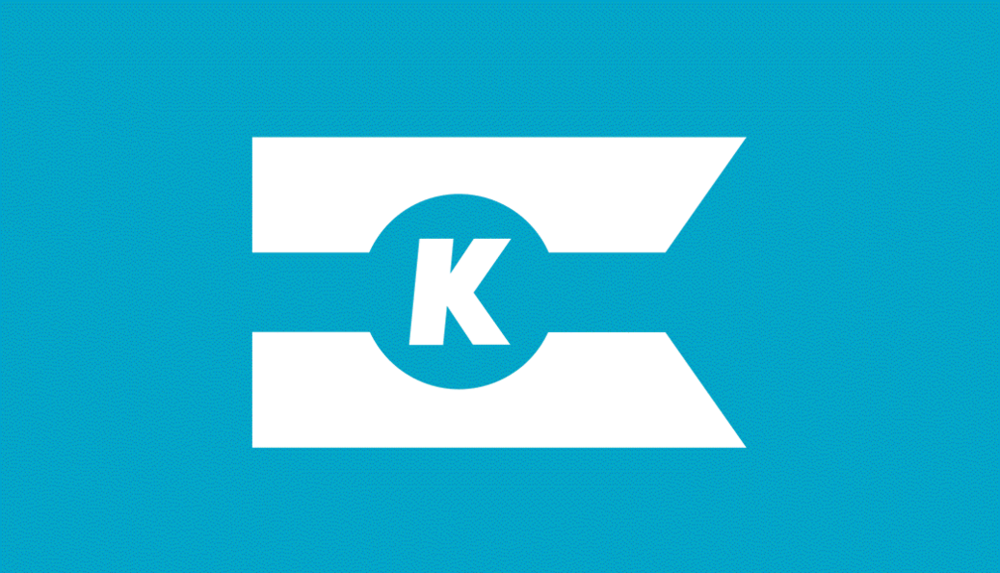KCC: Company update including preliminary TCE earnings for Q4 2022 and updated CABU contract coverage
Oslo, 19 January 2023: Klaveness Combination Carriers (“KCC”) preliminary CABU TCE earnings ended at $25,800/d and preliminary CLEANBU TCE earnings at $36,800/d in fourth quarter 2022. Preliminary average TCE earnings for the total fleet ended at $31,500/d, within the guiding range of $30,200-31,700/d for the quarter. Earnings were positively impacted by a continued strong tanker market, but a weaker than expected dry bulk market had negative effects.
During fourth quarter 2022 several caustic soda shipment contracts were secured for 2023 at strong earnings, in line with information provided in the Q3 presentation. This creates a solid base for the CABU fleet earnings for this year. Current firm number of caustic soda shipment bookings for 2023 is to date close to 10% higher than cargos shipped in 2022 and included expected additional bookings cover the full tanker capacity of KCC’s CABU fleet for the year. Approximately 75% of booked caustic soda shipments for 2023 are fixed-rate contracts with average TCE earnings around 2.5 times the average TCE earnings for the caustic soda shipments in 2022.
The CLEANBU fleet is as well benefiting from the current strong tanker market. The tanker trading of the CLEANBU fleet will substantially increase in Q1 2023, estimated to be around 80% of trading days compared to 49% in Q4 2022.
The full Q4 2022 report will be released on the 16th of February 2023. CABU and CLEANBU TCE earnings $/day are alternative performance measures (APM). APMs are defined on the company’s homepage: https://www.combinationcarriers.com/alternative-performance-measures.
For further queries, please contact:
Engebret Dahm, CEO, Telephone +47 957 46 851
Liv Dyrnes, CFO, Telephone +47 976 60 561
About Klaveness Combination Carriers ASA:
KCC is the world leader in combination carriers, owning and operating eight CABU and eight CLEANBU combination carriers. KCC’s combination carriers are built for transportation of both wet and dry bulk cargoes, being operated in trades where the vessels efficiently combine dry and wet cargoes with minimum ballast. Through their high utilization and efficiency, the vessels emit up to 40% less CO2 per transported ton compared to standard tanker and dry bulk vessels in current and targeted combination trading patterns.


